The 6 best InDesign alternatives
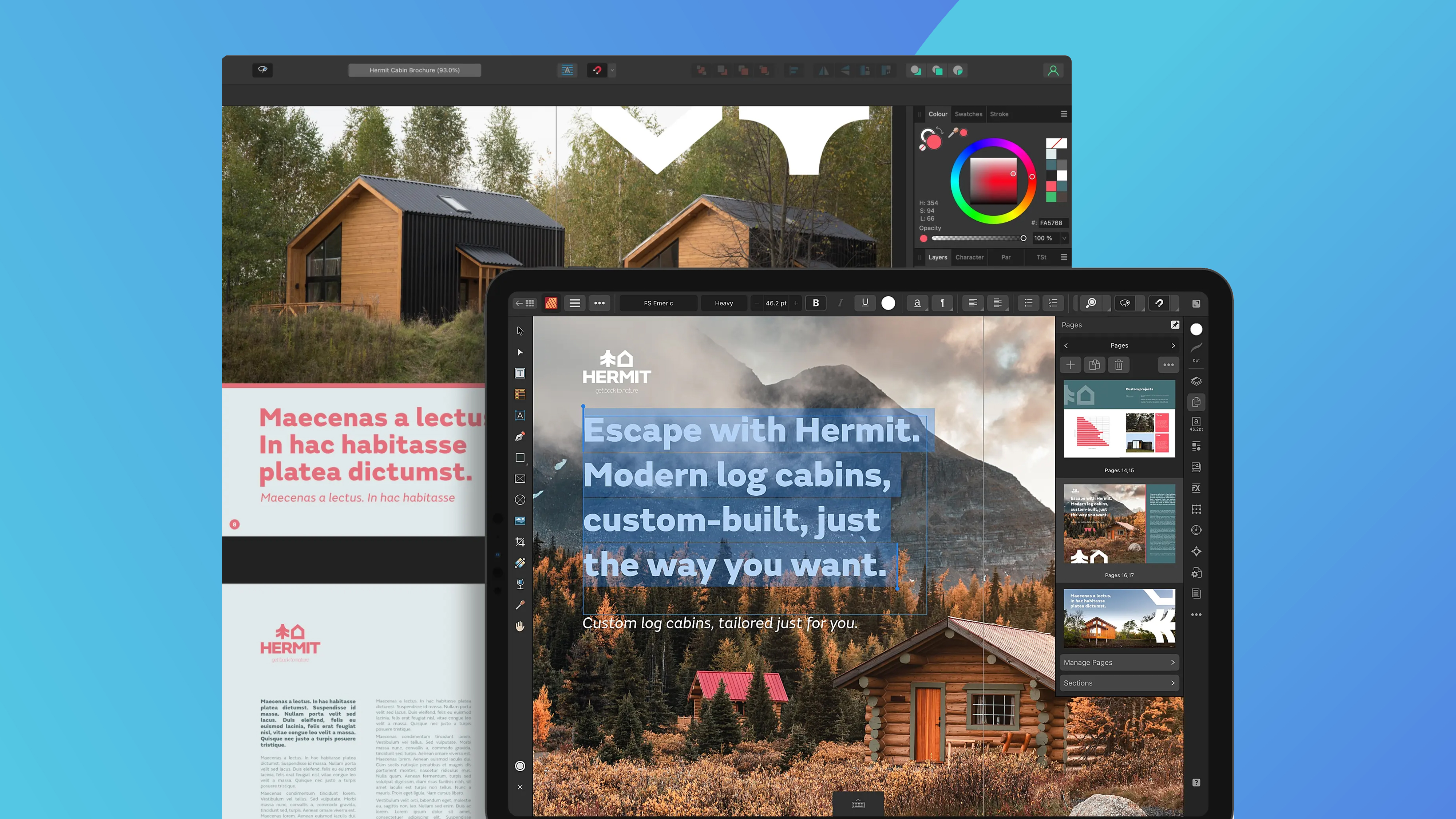
The best InDesign alternatives often provide desktop publishing features that are as brilliant as those in the Adobe software – if not better – but without the need for a monthly subscription. Find the right InDesign alternative and it could save you money and the hassle of tracking your subscription.
While InDesign is undeniably the leading option, subscribing to either InDesign alone or to the full Creative Cloud suite can be off-putting, especially in these financially straitened times – though bear in mind you can give it a test drive with a 7-day free trial before subscribing.
Still, if you've had your seven days' worth and you're not convinced about paying a monthly fee for the rest of your career, other options are available. Below I've assembled the best InDesign alternatives, and they're all subscription-free – either with a one-off charge or completely free.
If you do decide to plump for InDesign after all, see our main Adobe discount page or our article on how to download InDesign. And other non-Adobe software options, see our list of the best Photoshop alternatives and best Illustrator alternatives.
The 6 best InDesign alternatives
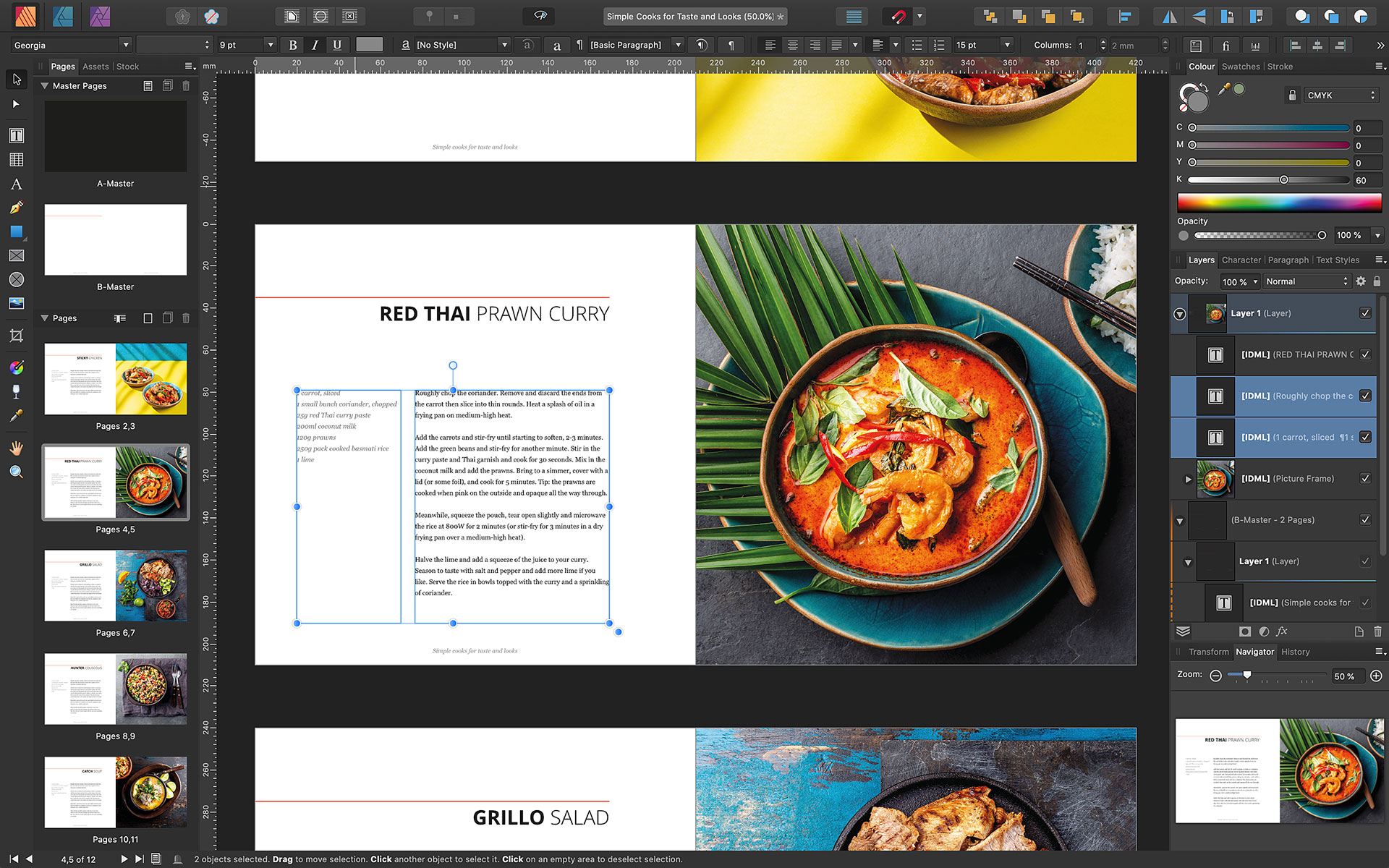
Specifications
Reasons to buy
Reasons to avoid
Our top InDesign alternative without any doubt is Affinity Publisher. The third release in the Affinity range of Adobe-challenging creative apps, Publisher was launched in 2018 and delivers an experience that's pretty darn close to using InDesign.
Affinity Publisher has a similar interface and can manage most of what InDesign does, with impressive page layout tools for both print and digital media. You can import InDesign files, as well as raster and vector files, and you get full preflight checking to alert you to any possible errors in your documents.
Affinity Publisher can be used as part of the Affinity suite of interoperable apps
Available for Mac, PC and iPad, although not for Linux, Affinity Publisher can be used as part of the Affinity suite of interoperable apps, which includes the vector editor Affinity Designer (see our Affinity Designer review) and the image editor Affinity Photo, or simply on its own.
Daily design news, reviews, how-tos and more, as picked by the editors.
It enables you to embed and link floating images and merge data from CSV, JSON and Excel formats. The package has a one-off cost of £67.99 for the desktop versions, or £17.99 on iPad, making a good value if not an entirely comprehensive InDesign alternative. You can get all the facts in our Affinity Publisher review.
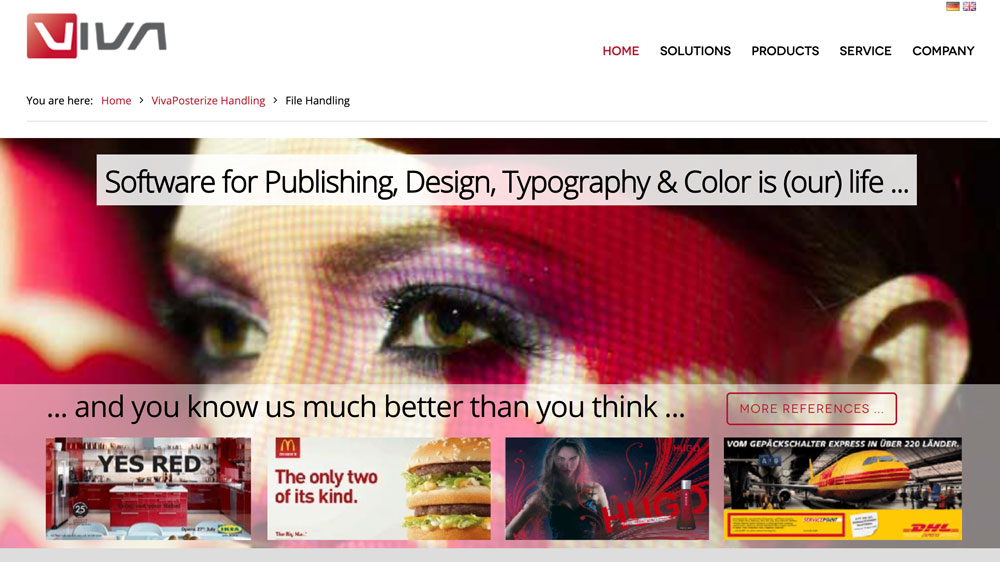
02. VivaDesigner
Specifications
Reasons to buy
Reasons to avoid
Another strong InDesign alternative is VivaDesigner, which comes in both desktop and browser-based flavours and packs in plenty of features. It can handle just about anything you'd normally do in InDesign, and it features native file import capability so it'll play nicely with Adobe software.
VivaDesigner has a straightforward and intuitive interface, as well as features including change tracking, character inspectors, clipping, extended image search, multilingual text editing and much more. It boasts AI for text translation and image clipping.
There is a free version of VivaDesigner, but you can achieve a lot more with the premium edition, which costs a one-off $139 / £99 for the personal edition and $399 / £279 for a commercial licence. The price is very reasonable for such high-end software.
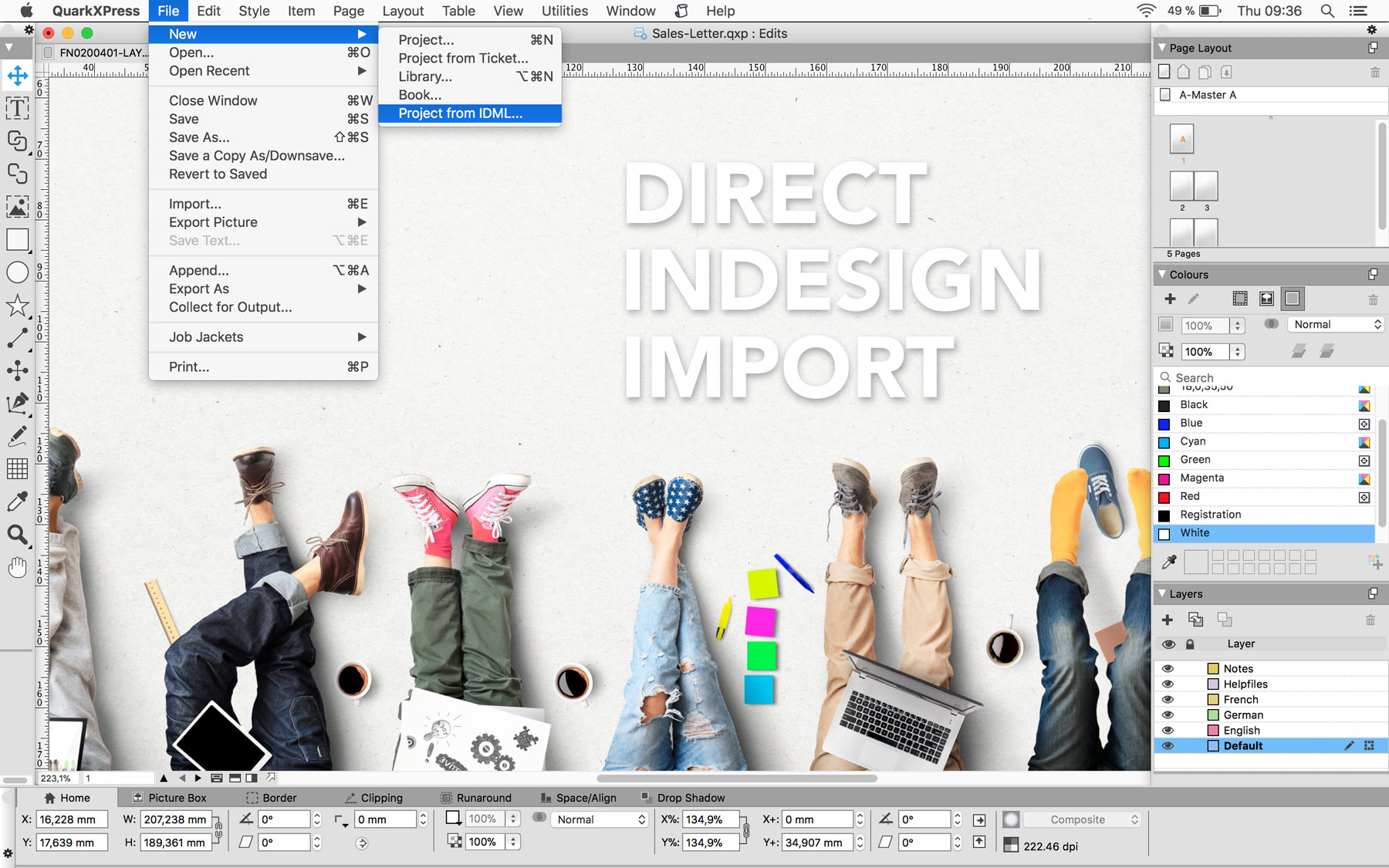
03. QuarkXPress 2024
Specifications
Reasons to buy
Reasons to avoid
Back in the days before InDesign was even a thing, QuarkXPress was the only serious desktop publishing package in the game; in the 1990s and into the early years of this century it could be found in every design studio and publishing house.
QuarkXPress dates back to 1987, and while InDesign stolen its thunder, the application is still available and it remains a very good InDesign alternative. QuarkXPress remains a very powerful and well-featured DTP package that definitely gives InDesign a run for its money.
Available for PC or Mac, the software is updated on an annual basis, usually around late spring/early summer. It can be used to create everything from posters and flyers to brochures, catalogues, and magazines, as well as ebooks and web and mobile apps. It offers impressive functionality for both print and digital design, and, it can import InDesign files. New features include visual palettes for your fonts and picture linking.
The main reason QuarkXPress is not higher on this list is the cost. The pricing caters to the corporate market, with a perpetual licence plus the the first year of the annual maintenance plan coming in at £587.16 (inc VAT). It's not as expensive as it used to be, but still costs more than the options higher up on our list. That really makes this an InDesign alternative for those who have a personal preference for the software or need to use it in a specific job.
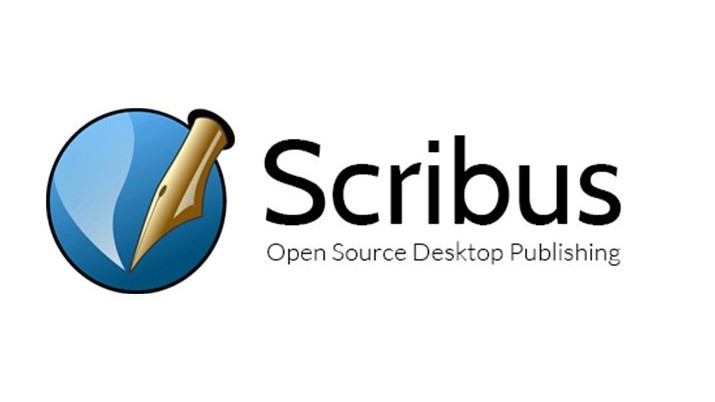
04. Scribus
Specifications
Reasons to buy
Reasons to avoid
Finding a good free open-source InDesign alternative isn't easy, but there is one in the form of Scribus. First launched back in 2001 (when it would have been a QuarkXPress alternative), Scribus provides an InDesign-like interface and a lot more features than you'd expect from a free package.
With a dedicated and enthusiastic developer community behind it, it's stable to use and regularly updated, with all the DTP features you'd hope for including support for OpenType, CMYK colours, spot colours, ICC colour management and versatile PDF creation. There are also some surprising extras like vector drawing tools, emulation of colour blindness and the rendering of markup languages like LaTeX or Lilypond.
You should be able to get up and running quickly thanks to its helpful forums and documentation, and the software even comes with a free selection of templates for things like business cards, brochures and newsletters.
On the face of it, it seems you can’t open files from InDesign. However, Scribus actually can open idml files in its development fork, the 1.5.x version. (Thanks to Charles Eddy for that tip).
While Scribus isn’t likely to become as powerful or feature-rich as InDesign, it's a great alternative if you’re working in indie publishing or on a personal side project and prefer to use a free DTP package. Scribus is available for Mac, Windows and Linux.
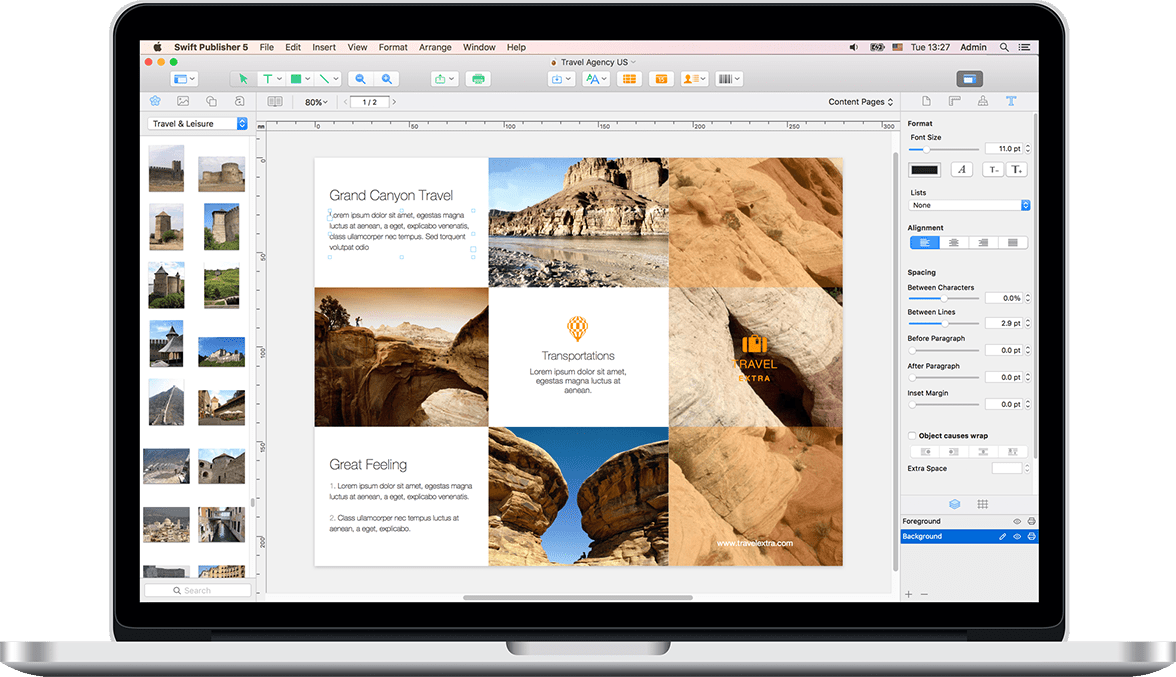
05. Swift Publisher
Specifications
Reasons to buy
Reasons to avoid
If you're not keen on spending much on an InDesign alternative, Swift Publisher is worth a look; at least if you're on a Mac. This is a budget DTP app that has a major selling point: its selection of over 500 templates for all manner of projects, including bi-fold and tri-fold brochures, catalogues, business cards, social media, disc labels and covers, address labels and more.
Not only does Swift Publisher have a huge number of templates, you also get access to a collection of 2D and 3D heading presets, plus 2,000 free clipart images and 100 image masks. Swift Publisher really does have a lot going for it.
When it comes to actual layout you get some sophisticated features such as double-page spreads, unlimited layers, master pages, customisable grids, rich-text tools and printing to RGB or CMYK, and when you're done you can export to PNG, TIFF, JPEG, EPS and PDF.
For $19.99 you wouldn't expect it to be as good as InDesign, and frankly it's not, but Swift Publisher a decent budget option if you only need to make rather specific layout designs and would prefer to use templates to get things done quickly. There’s a free trial, so you can give it a go before you buy.
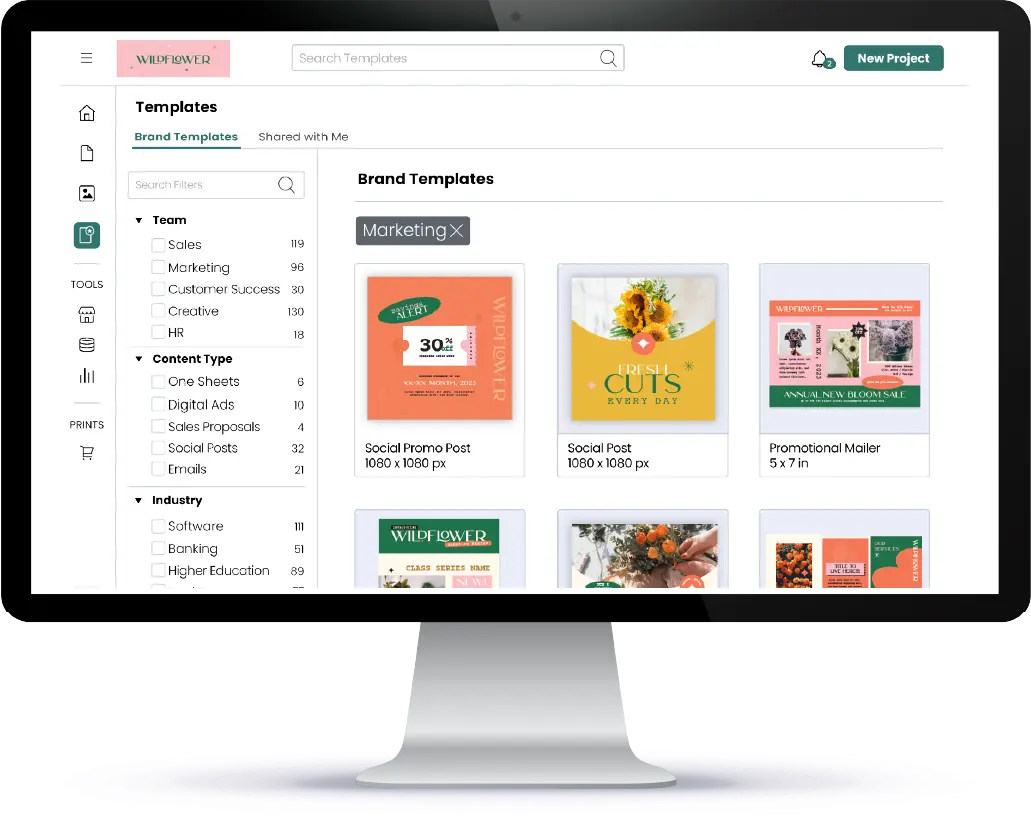
06. Marq
Specifications
Reasons to buy
Reasons to avoid
Lacking in DTP skills? Marq is just the thing for people who want an InDesign alternative that's a lot easier to use than InDesign itself, and a great way to pick up the basics of desktop publishing before graduation to a more fully-featured package. It's browser-based with an easy-to-use drag-and-drop interface, and it provides a huge collection of ready-made templates (both free and paid-for) that'll enable you to get started quickly, whether you're creating print or digital content.
Marq integrates with Google Docs, YouTube, Dropbox, Flickr, Facebook, Unsplash and other online services (see our own guide to the best cloud storage options) so that you can import existing content, publish designs online, embed them in emails or webpages, push to social media, download as print-ready files, or order directly from the Marq print shop.
Of course, the software isn't massively sophisticated or feature-rich, but if you’re new to desktop publishing and aren't ready to dive in and learn how to use professional software (and to pay for it), this is a quick and easy way to create basic designs.
Unlike Swift Publisher, you can use Marq on any computer with a web browser. There's a free version, but it's quite limited. You’ll need to upgrade to the £8 monthly subscription to get features like full template library, stock photo and graphic collection and print-quality PDFs.
How we test
Each package in this buying guide has been tested by an expert with years of experience using desktop publishing applications on a daily basis. In DTP, intuitive and responsive tools, the flexiblity to create layouts in a wide range of formats, easy type and image handling, and the ability to output for digital distribution or print reproduction are all criteria in our review process.
How to choose
The desktop publishing software you choose will very much depend on what you need to create. InDesign is a vast and powerful package – excellent for magazines and books, advertising campaigns, marketing collateral, reports and more. However, if you only need to design a flyer, newsletter, simpler brochures and/or the occasional social graphics you'll find all the tools you need – and more – in a less costly package. How much you wish to fine tune the layout, typography, imagery and colour palette is worth considering in your purchase decision.
FAQ
Who uses InDesign these days?
While there are plenty of applications available that do some of the things that InDesign can do within more streamlined interfaces, InDesign is a mainstay for professional graphic designers in agencies, studios and publishing houses as well as freelancers.
Why is desktop publishing so difficult to learn?
Actually, the basic principles of desktop publishing are quite easy to learn. Image, text and negative space elements are core to every layout, and from there it's up to your creativity and judgement to produce impactful compositions. However, desktop publishing software has been around since the mid-1980s, with interfaces and toolsets that have developed alongside improvements in printing technology, and the advent of online publishing. The more comprehensive the software, the more complex it can be to use. It can take a while to learn but the results are worth it.
Do I need a desktop publishing application?
If your main objective is to create web and/or social graphics, you probably don't need a desktop publishing application. Many designers use image and photo editing tools to achieve their aims. However, if actually want to publish across multiple formats in print and digitally, a DTP package will give you the range of tools, export options, resolution and flexibility required.

Tom May is an award-winning journalist specialising in art, design, photography and technology. His latest book, The 50 Greatest Designers (Arcturus Publishing), was published this June. He's also author of Great TED Talks: Creativity (Pavilion Books). Tom was previously editor of Professional Photography magazine, associate editor at Creative Bloq, and deputy editor at net magazine.
